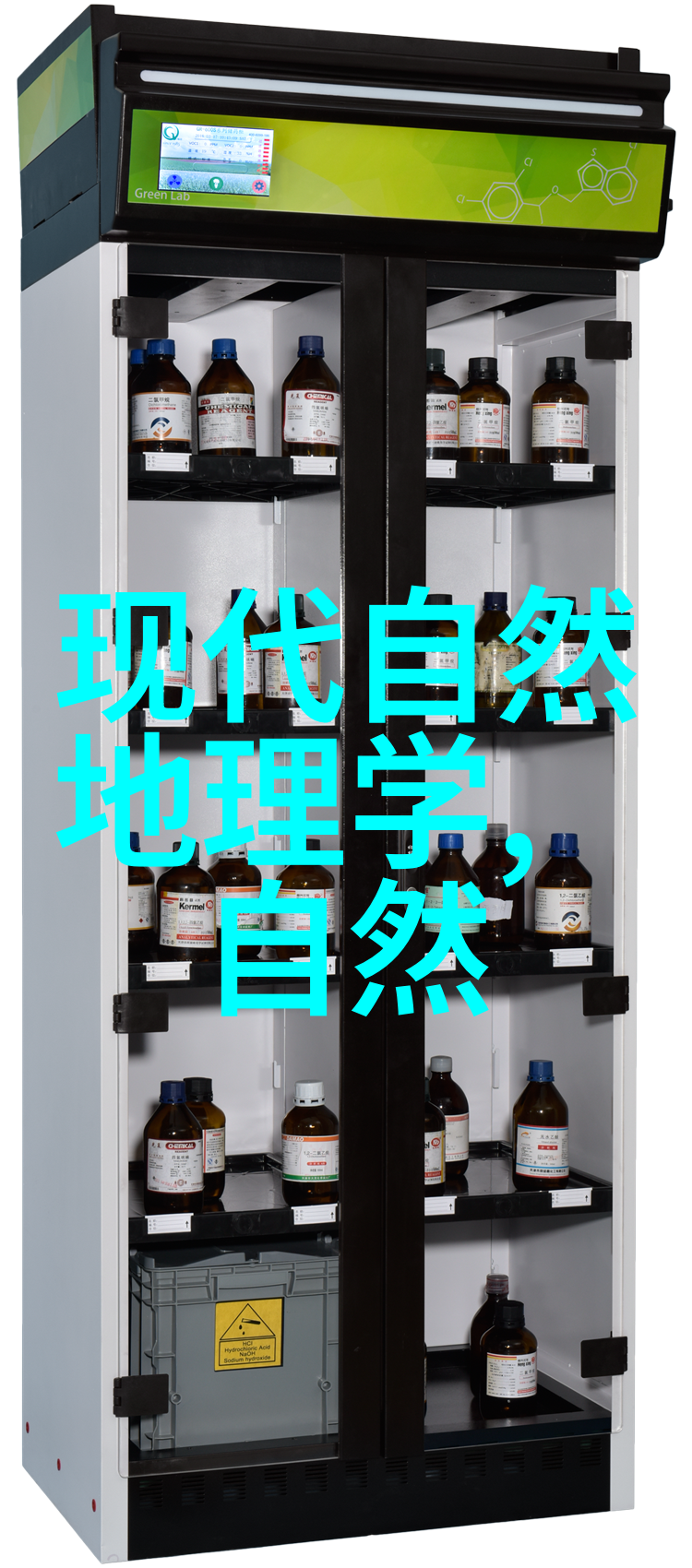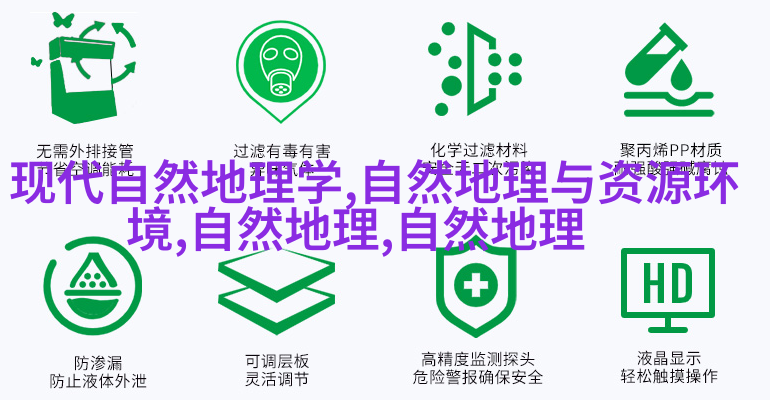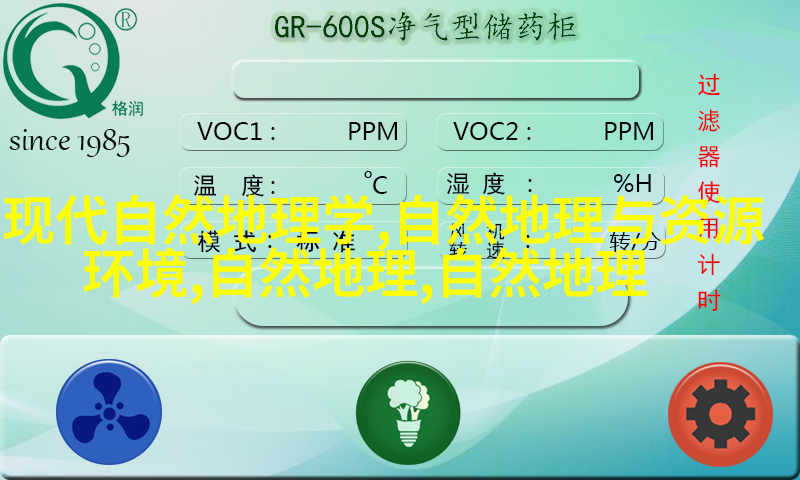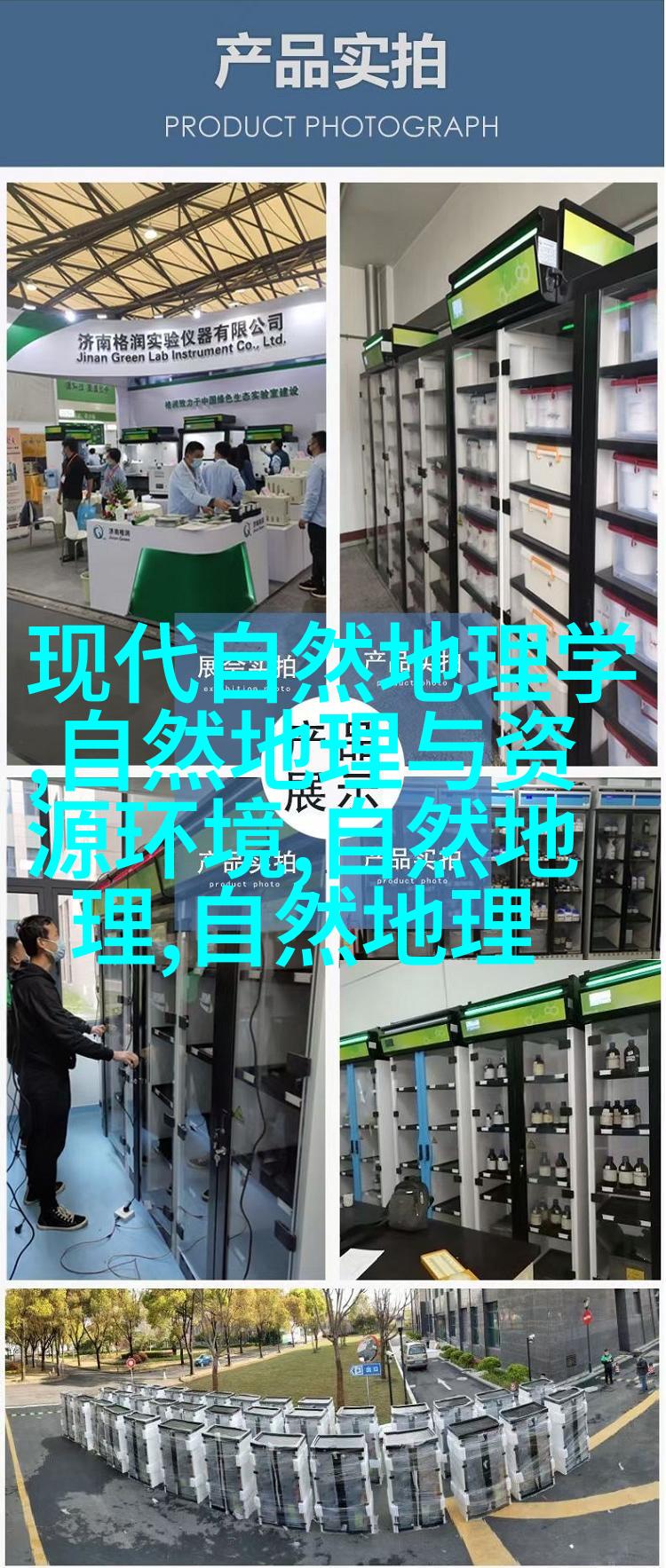在当今这个科技日新月异、环境保护意识越来越强的时代,污水处理成为一个不可忽视的话题。随着人口数量的增加和城市化进程的加快,废水排放量也随之增长,这对自然环境造成了巨大的压力。在此背景下,污水过滤器作为一种关键设备,在保障生活用水安全和维护生态平衡方面发挥着重要作用。本文将从污水过滤器原理图出发,对其工作原理进行深入浅出的解释,同时探讨其在环保领域中的应用前景。

一、污水过滤器基本概念与分类
首先,我们需要了解什么是污水过滤器,以及它主要用于处理哪些类型的废物。简单来说,污水过滤器是一种专门设计用于去除大部分悬浮杂质、细菌以及其他有害物质(如重金属等)的设备,它通过物理或化学方法,使得接收到的废水达到一定标准,可以再次进入循环使用或者直接排放到环境中。

根据不同处理效果和特性,可将污水过滤器分为多个类别,如:
消毒型:主要目的是消灭微生物,如细菌、病毒等。
净化型:除了消毒外,还能去除大量悬浮固体及某些化学物质。

综合型:既具有消毒功能,又能有效去除各种杂质。
二、 Pollution Control & Water Treatment 机制
为了更好地理解这些技术如何运作,我们需要研究它们背后的科学基础。在本节中,我们会介绍几种常见的净化过程,并解释它们是如何利用物理学和化学反应来改善废料质量。

沉淀 - 这是一个非常古老而且广泛采用的过程,其中懸浮颗粒被迫沉降至底部,而清澈液体则流动出来以供后续处理或使用。这可以通过改变混合时溶液浓度,或添加凝聚剂/稳定剂来增强效率。

活性炭吸附 - 活性炭具有极高表面积,因此能够吸附许多有害物質。這個過程通常是在最后階段進行,以確保所有已知致癌物質都被移除,並減少對環境影響。
离子交换 - 在這種過程中,一種稱為交換樹脂的材料與含有電荷(陽離子或負離子的)於溶液中的雜質發生反應,這樣就將雜質從溶液中取走並替換成另一個帶著相反電荷的離子來達成處理目的。
三、Pollution Control & Water Treatment Equipment Design
Equipment design plays a crucial role in the efficiency of water treatment processes. The choice of equipment depends on factors such as the amount of contaminants present, desired level of purification and cost considerations.
Some common equipment used for water treatment include:
Sedimentation tanks: These are large containers where suspended solids settle to the bottom due to gravity.
Activated Carbon Filters: These filters use activated carbon to remove impurities from water.
Ion Exchange Systems: These systems use resins that attract and hold onto impurities in water.
四、The Role of Pollution Control & Water Treatment Technology in Green Development
Water pollution is one major environmental challenge facing many countries today, particularly those with rapidly growing populations and urbanization rates like China, India and Africa.
However, there are several ways that pollution control technology can contribute to green development:
By reducing the amount of pollutants released into rivers and lakes, we can protect these bodies of water for future generations.
By treating wastewater before it's discharged back into nature or reused for human consumption, we can reduce our reliance on fresh groundwater sources.
By promoting sustainable practices that minimize waste generation at source (e.g., recycling), we can create a cleaner environment overall.
In conclusion, understanding how pollution control technology works is key not only to improving our environment but also ensuring public health safety standards are met while fostering economic growth through responsible resource management practices within industries worldwide; thus making this field integral part towards achieving global sustainability goals like Agenda 2030’s SDG6 "Clean Water And Sanitation".



